Construction of successive approximation type DVM (Digital voltmeter)
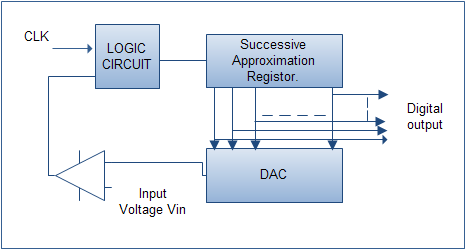
The successive approximation type DVM is special type of potentiometric DVM in which a digital divider is used in the place of linear divider. The servomotor replaced by electromagnetic logic. The comparator compares the output of
Advantages and disadvantages of successive approximation type DVM (digital voltmeter)
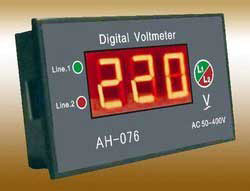
There are some advantages of successive approximation type DVM which are given below, It is economical method of analog to digital conversion. The resolution is up to 5 important digits are obtained. There are some disadvantages of
Advantages and disadvantages of ramp type DVM (digital voltmeter)
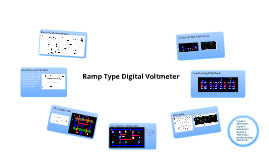
There are some advantages of ramp type DVM (digital voltmeter) which are given below, It has a better resolution and it can be adjusted because the resolution of digital readout is proportional to the frequency of local
Advantages, disadvantages and applications of CDMA (code division multiple access)
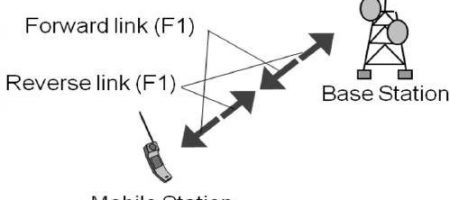
There are some important advantages of CDMA (code division multiple access) are given below, The CDMA does not require any synchronization. It has more number of users can share the same bandwidth. It is well-matched with other
Difference between PCM and DPCM
Following are the difference between PCM (pulse code modulation.) and DPCM (differential pulse code modulation) PCM DPCM The PCM stands for pulse code modulation. The DPCM stands for differential pulse code modulation. The PCM (pulse code modulation) can
Working principle and construction of PMMC
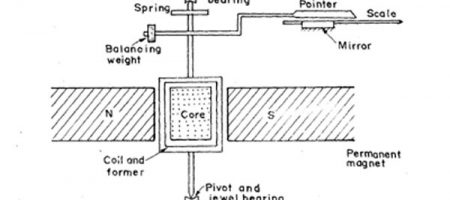
The PMMC stands for permanent magnet moving coil and it is also called as D’Arsonval instruments. The PMMC works on the electromagnetic effect. A permanent magnet is used to produce magnetic flux and a coil that carries
Advantages and disadvantages of PMMC (permanent magnet moving coil)
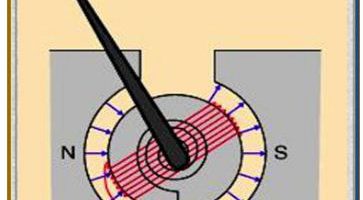
There are some advantages of PMMC (permanent magnet moving coil) are given below, The PMMC has uniformly divided scale. The scale may be very long, over about 250 degree. It has a very high torque to weight
Difference between pulse modulation and continuous wave modulation
Pulse modulation Continuous wave modulation The modulated signal is in the form of pulses. The modulated signal is in the form of continuous signals. It is used sampling technique. It is not used sampling technique. It has
Difference between FDMA and TDMA
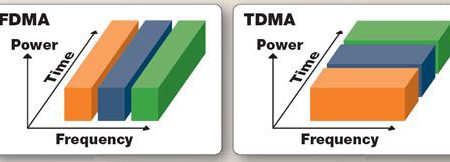
Following are the difference between FDMA (frequency division multiple access) and TDMA (time division multiple access) : FDMA TDMA FDMA stand for frequency division multiple access. TDMA stand for time division multiple access. The FDMA (frequency division multiple access)
What is IEEE 802.11?
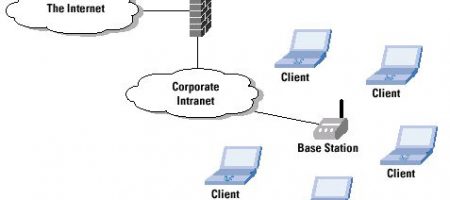
IEEE 802.11 is a combination of media access control (MAC) and physical layer specification used to implement wireless local area network (WLAN) computer communication in the 2.4, 3.6, 5 and 60 GHz frequency bands. The 802.11 family